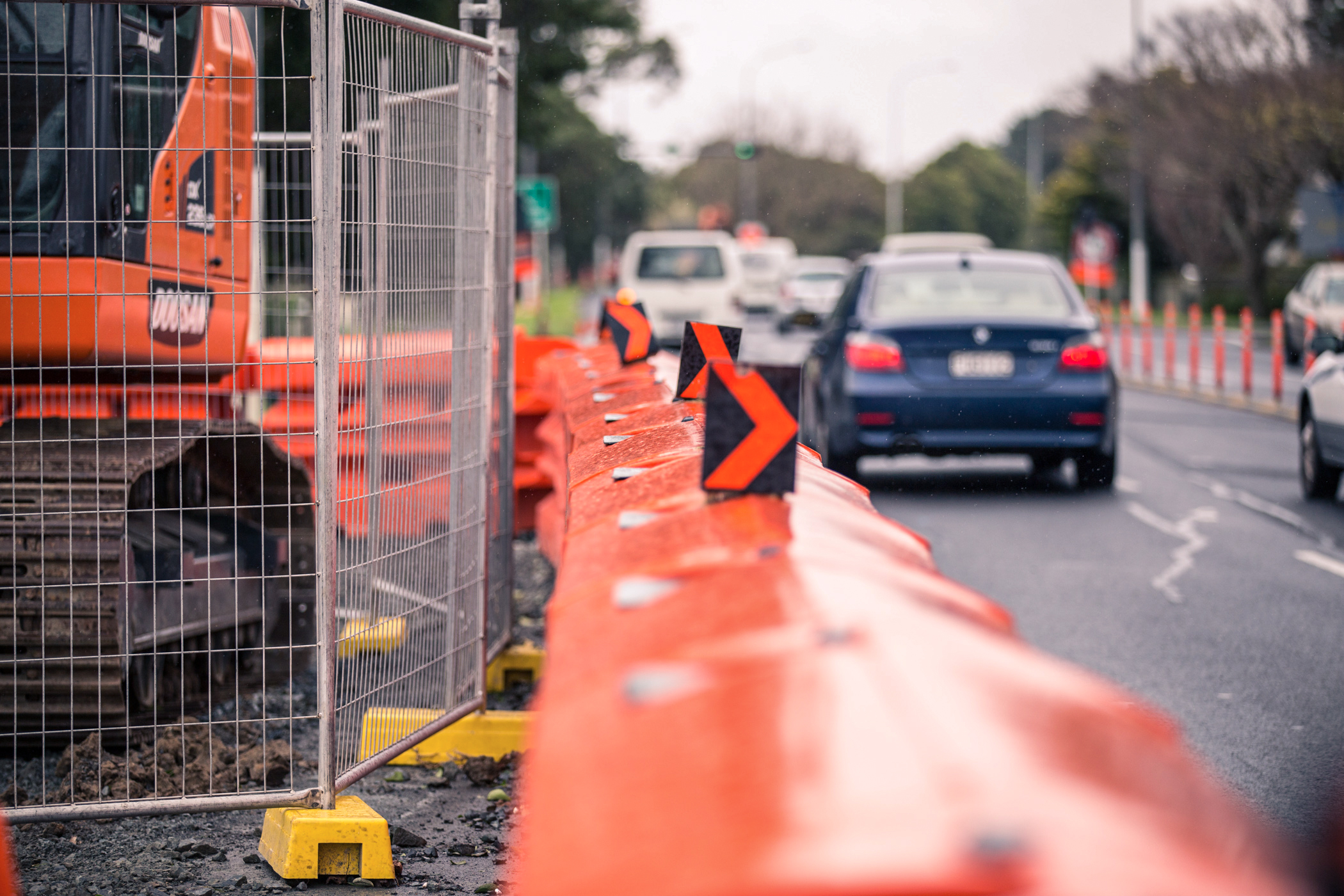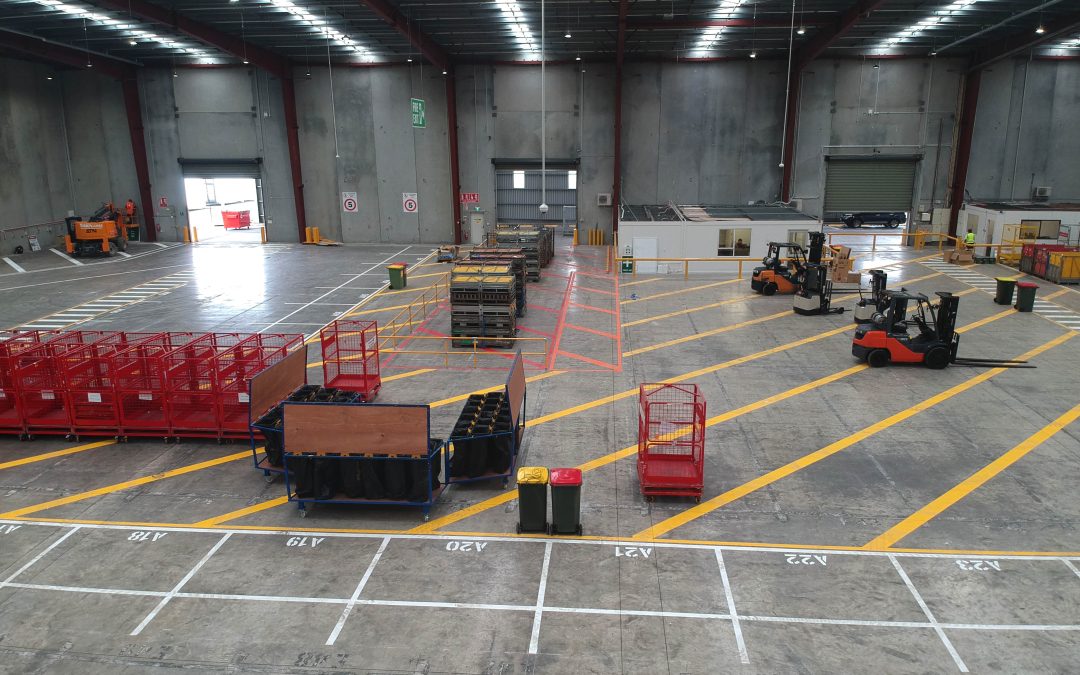Not all road works are the same, therefore each site needs to be treated differently when it comes to how we plan construction activities on the road reserve. Temporary Traffic Management Planners (TTMP) look at the existing road environment to decide the best treatment to install that keeps both the road users safe while works are occurring, and also accommodates enough room to complete construction works.
When traffic volumes are relatively low, it’s easy to get any TTM closure type across the line with the Road Controlling Authority (RCA), as the impact to road users is also low. However, when we start to work on Roads with higher volumes of traffic the RCAs need a little bit more information to satisfy the need to keep traffic delay to a manageable level. Traffic Assessments or Transport Impact Assessments are great tools to use to convince RCAs that delays are at acceptable levels.
So what is the difference between Traffic Assessment (TA) and Transport Impact Assessment (TIA)?
The key similarities between a TA and a TIA is that they both determine traffic volumes throughout the day (Morning Peak, Afternoon Peak, Interpeak Period, and off-peak), identify any potential issues that a temporary traffic management closure may have in terms of traffic delay to Vehicles.
The key difference between the two is:
Transport Impact Assessment (TIA)
- – Identifies where traffic flows are going to and from
- – Identifies disruptions that may be caused to motor vehicles
- – Identifies impacts caused to Buses, Micro-mobility users (cycles, scooters, skateboards etc.) and pedestrians.
- – TIAs also delve deeper into traffic modelling, looking at the overall network rather than a single location.
- – A TIA will also suggest alternative measures to reduce traffic impact and explore what these alternative measures might do to alleviate traffic flow.
What is better for my project, a TA or TIA?
There are several factors used to determine whether to use a TA or TIA. The factors include (but not limited to):
- 1. How long will the closure be installed for? Is the closure a long term or discrete?
- 2. How busy is the road?
- a. Is it a level one road or is it a level two road?
- b. Are there specific times of the day where congestion occurs?
- 3. Do you want to extend your works hours from the normal 9am to 4pm to 7am to 4pm or 9am to 7pm?
- 4. The RCA will normally approve the closure for night works only, but do you want the works to occur during the day?
- 5. Is There a large impact to local stakeholders?
- a. Are schools or bus-lanes nearby?
- b. Are you near places which attract crowds for irregular events?
- 6. Does the project have multiple stages over a long period of time?
Using the above questions, we can determine if the following projects require a Traffic Assessment (TA) or a Traffic Imact Assessment (TIA).
For Example
Project 1
The client wants to work longer hours that what the RCA will allow. The works require a lane closure to be installed daily for about one month. After treatment is only a shoulder closure on a median island.
- In this case the closure is a discrete closure
- The road has significant volume of traffic as it is a level 2 road.
- Work hours will normally be between 9am to 4pm, however the client wants to work more hours than this.
- RCA will normally approve the closure in the day.
- No real impact to road users other than motor vehicles
- Only one stage
Answering the questions, we can clearly see we only need to identify Morning Peak, Afternoon Peak and Interpeak Periods. Some basic delay modelling may be required to determine if works can occur during the minor peak. Project 1 can be done under a TA.
Project 2
The client wants to install a long-term closure which will have multiple stages. Some of the stages require a closure to be in place 24hours a day for about two weeks. The closures will require a one-way detour on a level 1 road. The closure will require buses to be detoured as well. The RCA has noted to the client that there is significant congestion during the morning and afternoon peaks.
- In this case the closure is a long-term closure with a detour route
- The road has low volume of traffic for most of the day, however traffic volumes are significant during the peaks.
- Work hours are irrelevant, as the closure is in place 24 hours a day.
- RCA have not indicated they want more information before they approve the TTMP.
- There will be impact to road users and significant impact to local stakeholders.
- Multiple stages, with significant closures at each stage
Again, by answering the questions we have identified that the there are multiple long-term closures, all which will need analysis for different traffic scenarios, including the effect of the detour route on the wider network. There will be impacts on not only motor vehicles, but also pedestrians, buses and the wider stakeholders in the area. It would be advantageous to work out why there is significant congestion during morning and afternoon peaks by identifying where traffic flows are going to and from. More than likely alternative soultions and measures will be needed to help alleviate traffic during the peak periods. Therefore Project 2 will require a TIA.
Lastly, if your project needs a little bit more information found in a TA but not as much information found in a TIA, there is no reason it cannot be a hybrid of the two!










